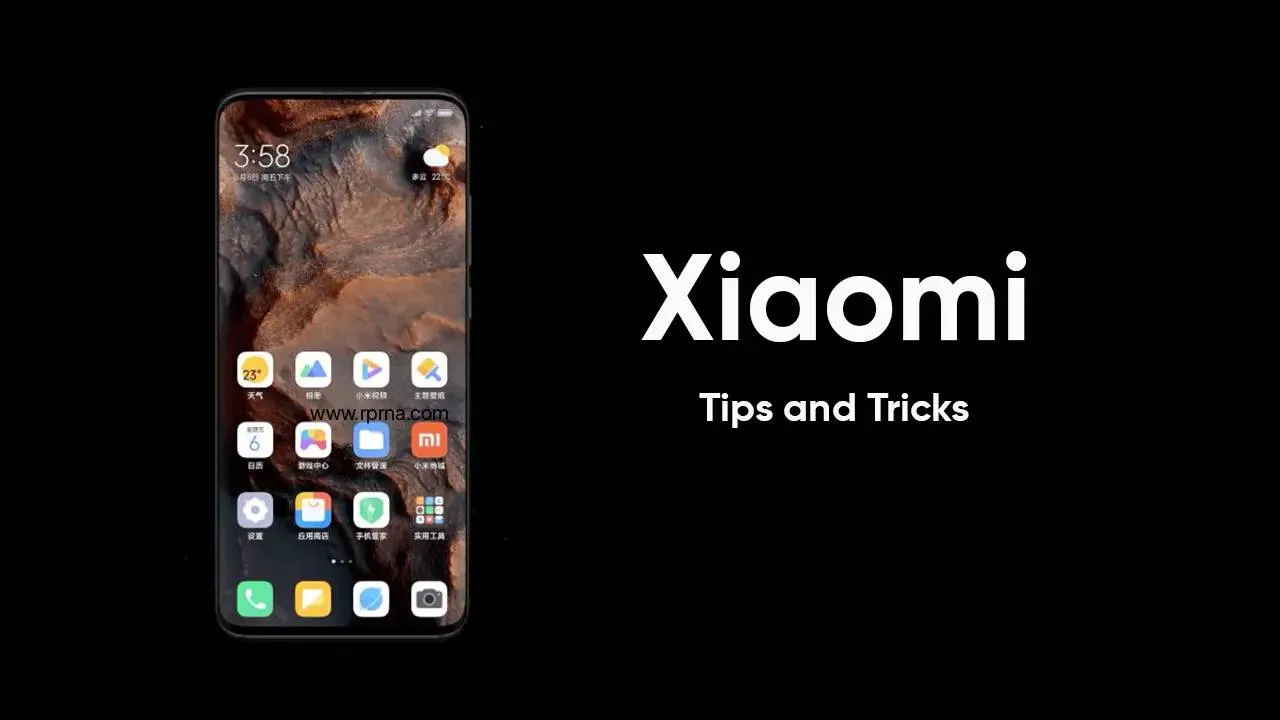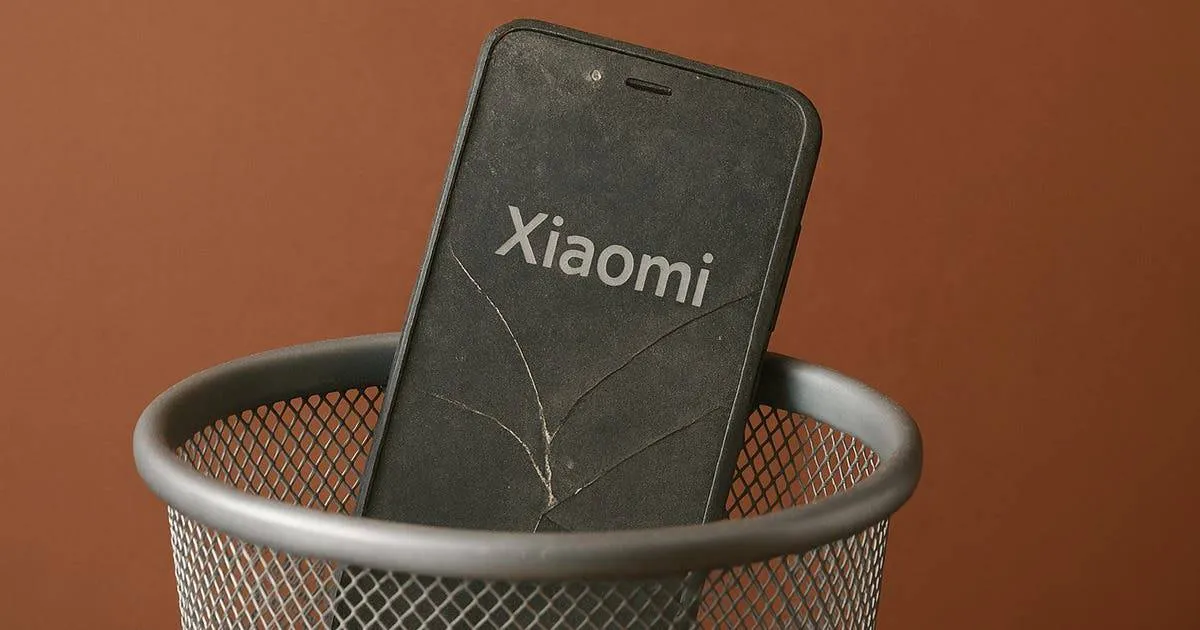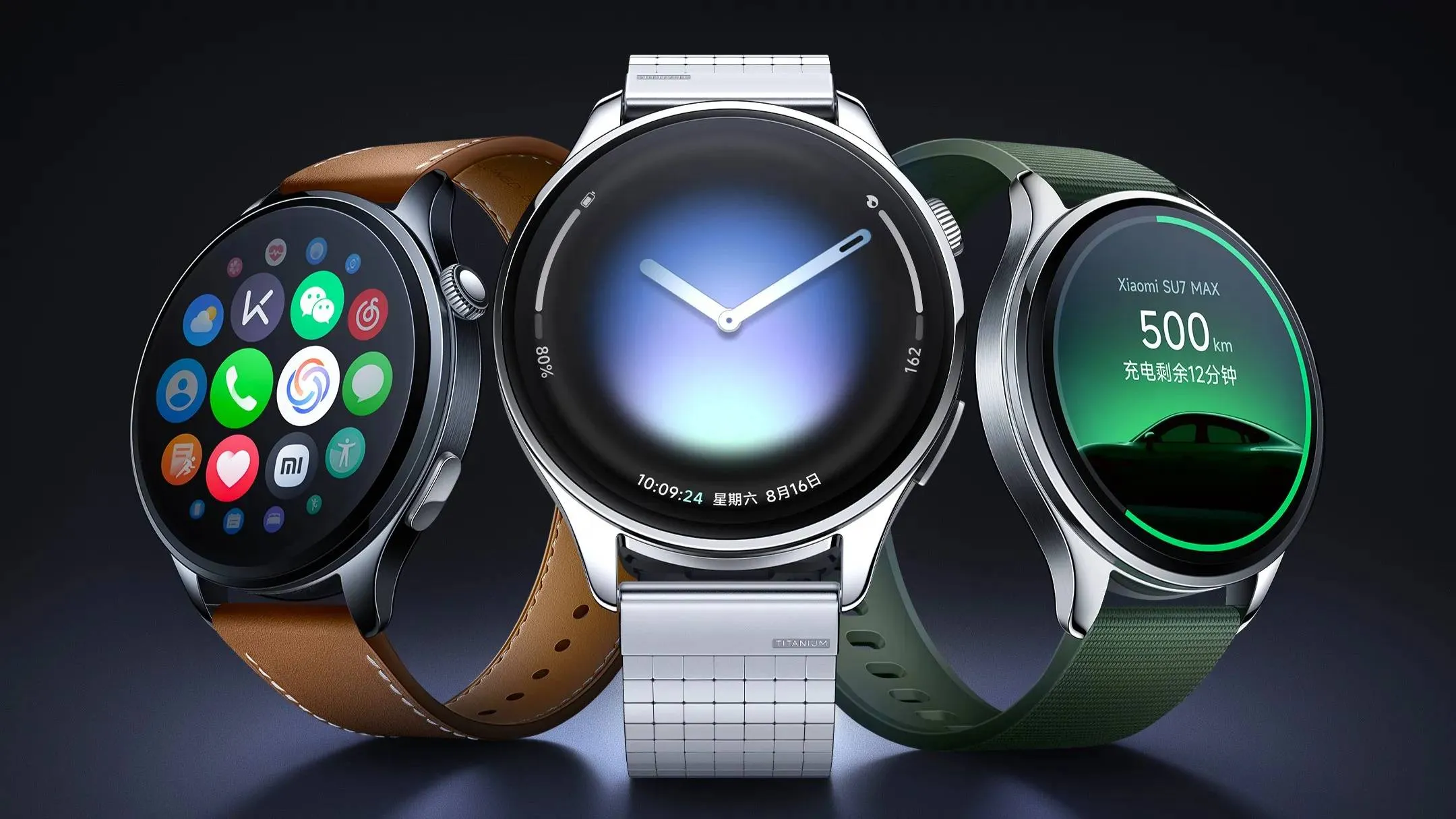
GizChina Awards: Best Flagship Smartphones of 2025
Dec 31, 03:21
Best Smartphones Under $600 – December 2025
Dec 31, 16:00
Best Smartphones Under $400 – December 2025
Dec 30, 17:29
Google Photos is Finally Hitting the Big Screen (And No, It’s Not on Google TV!)
Dec 29, 22:08
Best Smartphones Under $200 – December 2025
Dec 29, 21:56
Trump Mobile T1 Faces New Delays and Strategy Shift
Trump Mobile, the firm behind the much-hyped golden Trump Mobile T1 smartphone, recently informed customers that shipping has been delayed yet again.

Honor smartphone shipments surpass 71 million units for the first time
Honor just wrapped up a huge year, and the results are honestly pretty wild. The company revealed that it moved more than 71 million smartphones throughout 2025.

Samsung S26 Ultra Could Smooth Out Your Videos with New Camera Tech
Samsung fans who feel their phone’s video looks a bit too sharp might have a lot to look forward to. Recent leaks suggest that the Galaxy S26 Ultra will get some upgrades

PC shipments will decline by 9% in 2026 - IDC warns
The outlook for the PC market is turning sour as we head into 2026. A recent report from market tracker IDC suggests that the industry is in for a much rougher ride.
- Besoin de ça
 merveil11-12-2025
merveil11-12-2025 - Looking forward to buying both sizes of this when they are available in Thailand 🇹🇭chrisman08-12-2025
- Finally! Surprised corrupt Grok was not mentionedMaxNix07-12-2025
- About time!!MaxNix07-12-2025
- Best practice avoid buying Xiaomi phones and products, you all won't regret later.Kevin03-12-2025
- Interesting update on OpenAI’s Sora app! As we also review AI and SaaS tools at TheSoftReview, it’s fascinating to see how video-generation apps are expanding to mobile platforms, making creative workflows more accessible.Shamima29-11-2025
- Good, good… keep going downhill. Unlike Xiaomi, other brands in Europe actually allow global users to unlock the bootloader. Xiaomi is full of lies the Mi Community app doesn’t work, and for over a month I clicked every day with no success. In the end I sold the phone and switched to another brand. Samsung works perfectly and unlocking the bootloader is very easy. I used to support Xiaomi and my whole family bought their phones, but now it’s over. Goodbye! I hope your stock keeps falling next year. Yay!HeCosmin28-11-2025
- Kind of drop the Ultra's 2K screen and 120Hz refresh rate.MaxNix25-11-2025
- Stellar Data Recovery worked great for me when I lost some important photos from my SD card. It found files I didn’t even remember deleting, which was surprising. Although the scan was a bit slow, the recovery success made it worth the wait.john25-11-2025
- Really eye-opening article. You make a strong case that Facebook Messenger collects huge amounts of user data — more than many other apps, according to survey results.lindseyjohn83020-11-2025

Samsung Galaxy S26 Ultra Dummy Units Confirm a Unified Design Direction for 2026
Leaked Galaxy S26 Ultra dummy units reveal a unified design with the S26, an oval camera island, and early hints at Samsung’s 2026 flagship plans.

How cloud sync tools can be slowing down your phone or PC
Sync tools sound helpful, and in many ways they are, but pushing every file to every cloud can quietly damage daily system speed.

GizChina Awards: Best Flagship Smartphones of 2025
It's time for a recap of the best flagship smartphones of 2025! Check the best smartphones of the GizChina Awards with powerful hardware and excellent performance.

Double Your Xiaomi Speed Instantly: The One Simple Trick That Works!
Make your slow Xiaomi phone fast again! Discover the simple trick of clearing your system launcher cache to instantly restore performance, speed, and battery life.
Loading















